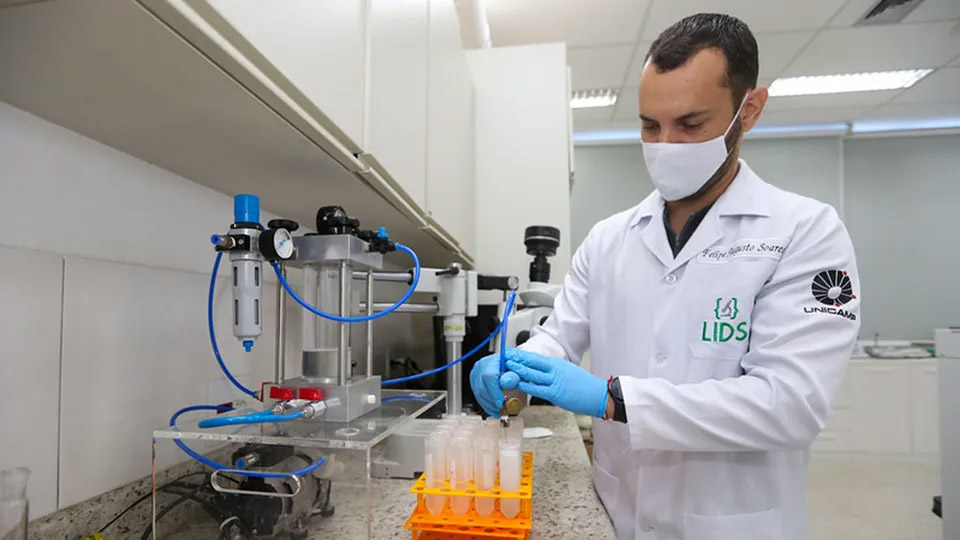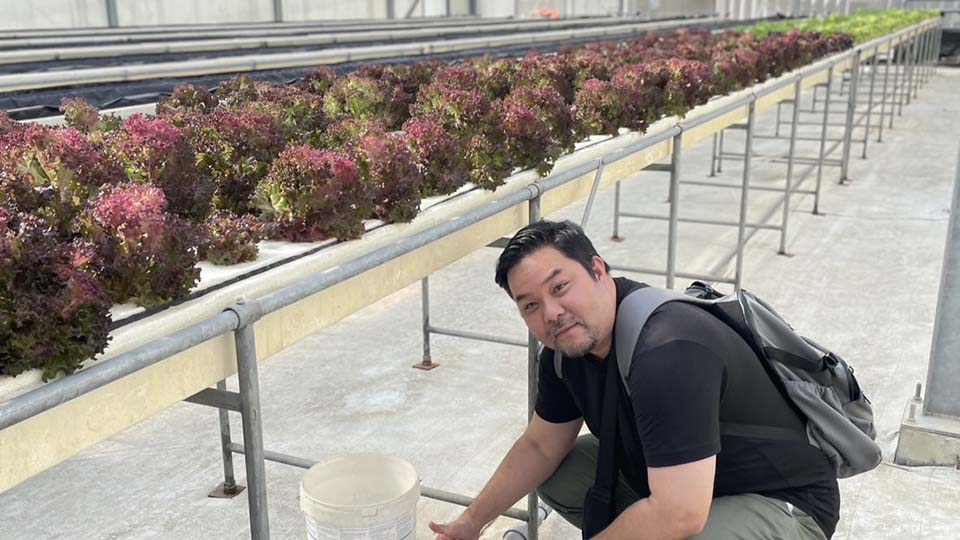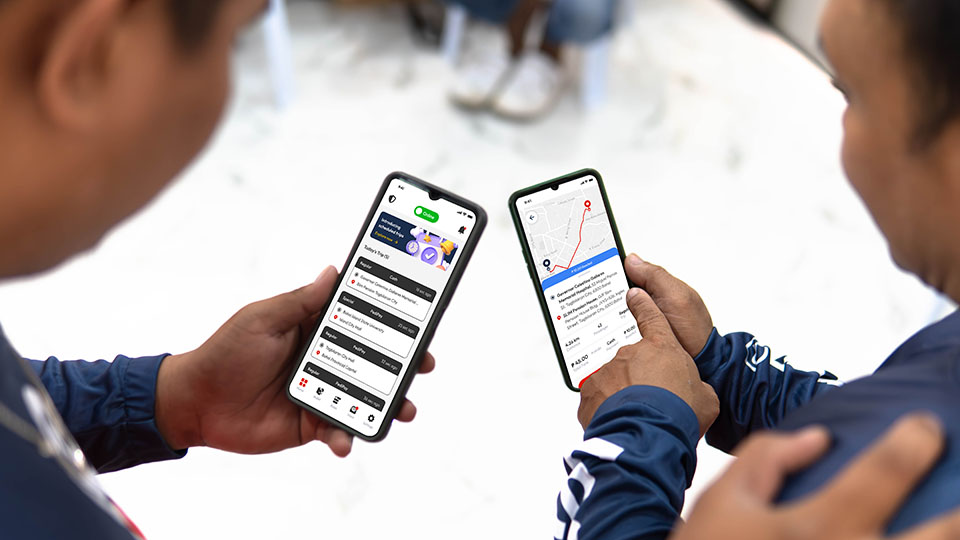Background

beautiful but dangerous scenery
Since 1990, there have been over forty major accidents on India’s 63,000 kilometer network of railways that operate over 11,000 trains every day. After another accident in Mumbai rocked the state-owned Konkan Railway Corporation (Konkan) in 1999, something had to be done. “We could not allow another life handed to us in trust to be lost in another accident routinely classified as human failure,” said Bojji Rajaram, then a Konkan managing director with thirty five years of experience as a railway engineer. Mr. Rajaram is credited with numerous inventions, including the Skybus Metro Rail System in Mumbai which was featured on the popular National Geographic and Discovery television channels. With this track record of innovation, Mr. Rajaram refused to believe that no technical solution could be found. He thought that in the age of instant communication, powerful microprocessors and a Global Positioning System (GPS), there must be some way to develop a fail-safe prevention system. Drawing on his innovative spirit and modern technology, he designed a device which would be mounted on trains and stationary objects (such as crossing guards) that would communicate with each other through radio to accurately assess a train’s direction and speed. If a collision was imminent, the device would initiate automatic braking that starts three kilometers ahead of a possible collision point. Determined to put an end to unnecessary accidents, he gave himself a “war like target” of ninety days to produce the first anti-collision device (ACD) prototype for use with trains.
Invention
Mr. Rajaram’s design called for a GPS enabled portable computerized device capable of intelligently determining train collision risks that required no special human interaction. The device would be mounted on trains with automatic braking systems and stationary objects such as stations, crossing gates and other vulnerable locations, and accurately detect vital information such as the direction and speed of an oncoming train. It then would use a digital radio modem to communicate this information between two or more ACD devices to determine if automatic braking is necessary. With no GPS equipment or experience in the technology, Mr. Rajaram purchased a GPS receiver over the Internet and went to work.
GPS technology generally has between twenty and thirty meters of accuracy, but for Mr. Rajaram’s ACD design to work it needed to have five meters of accuracy. This presented him with a significant challenge: unless he could increase the accuracy there was little hope that his ACD would be successful. Enlisting the help of his five year old grandson, he connected his GPS receiver to his laptop, gave it to his grandson and they wandered around the garden together to see how the GPS behaved under various movements. Mr. Rajaram found that when his grandson changed direction, the GPS immediately showed the corresponding change in angle. He thought that if the GPS is sensitive enough to detect such a small change in angle, then a technique could be developed to use this angle change to mathematically determine the speed of a train. After a few weeks, he developed the “deviation count theory,” which can accurately determine vital train data such as speed and direction using GPS data. This innovation led to the creation of his ACD, Raksha Kavach (RK ACD), named after a powerful talisman for protection.



been developed for mounting on
the front (top) and rear (middle) of a
train and at a control station
(bottom)
Research and Development
Although Mr. Rajaram developed his deviation count theory quickly, practical implementation of it in his RK ACD design required considerable research and development (R&D). Working with renowned scientists and research institutions throughout the country, Mr. Rajaram spent another six months on R&D in addition to his regular responsibilities at Konkan. Recognizing the potential to increase safety, Konkan executives and researchers also encouraged him and provided assistance in his research. Eventually he was able to perfect his theory for practical use and developed the final version of his RK ACD.
The success of the Raksha Kavach allowed Mr. Rajaram to work on other R&D projects, notably his successful SkyBus project, which is a safe urban mass transport system that is in use in certain areas of India. In 2006, he formed a company, Atri Knowledge Embedded Infrastructure Lab Private Limited (Atrilab), to continue R&D and promote his RK ACD system and other innovations.
Patents
Protection of Mr. Rajaram’s invention was necessary to deter copiers and ensure the quality and safety of his product. Recognizing the importance of cost-effective intellectual property (IP) protection, he made an international patent application under the international Patent Cooperation Treaty (PCT) system for his RK ACD in 2003. He has also made numerous applications with the Intellectual Property Office of India (IP India) related to his RK ACD and similar inventions, such as for a method to stop derailment in 2001.
According to an estimate by PriceWaterhouseCoopers, potential royalties from Mr. Rajaram’s patent applications total US$1 billion. However, from the start, Mr. Rajaram wanted to have his invention be used for the greater public good. Therefore he assigned all intellectual property rights of his RK ACD invention to Konkan. Capitalizing on its new IP, in September 2004 Konkan filed a patent application for the RK ACD with the United States Patent and Trademark Office (USPTO), and it was granted in June 2010.
Commercialization
With a success rate of 99.9 percent in preventing collisions, commercialization of the RK ACD can significantly reduce train accidents in India. To facilitate commercialization, Konkan grants an exclusive license to Kernex Microsystems (India) Limited to manufacture RK ACDs. Since its development, the RK ACD network has been installed in trains, guard vans, stations and level crossing gates on many sections of train lines operated by Konkan and Northeast Frontier Railway (NFR). It is also installed along with inclinometers (devices which detect soil movement) to help prevent accidents due to landslides and other unavoidable natural phenomena.
Commercialization of the technology also has the support of the Indian Railway Ministry. Because it does not need any complex infrastructure, it can easily be implemented in almost any railway system in the world. Installed as a network communicating via radio and GPS, RK ACD networks are especially helpful in preventing collisions in areas where trains switch tracks.
Business Results
The innovative RK ACD network, made possible through Mr. Rajarm’s deviation count theory, has met with much success. By 2004, the entire 760 kilometer Konkan line between Roha, a small town southeast of Mumbai, and Thokur, the southernmost stop on the line, had been protected with an RK ACD network. It has also been installed on over 1,700 kilometers of NFR track. RK ACD technology has enjoyed significant domestic and international press, and was featured on the National Geographic Channel. The Indian government also has plans to assist with the implementation of RK ACD systems on all railway lines in the future.
Making Travel Safer
With more people using public transportation and train accidents an unfortunate common occurrence in India due to geographical, weather and human factors, technology such as RK ACDs are more important than ever. Through innovation and IP protection, Mr. Rajaram’s invention has the potential to continue to save lives and provide safe travel for all.



